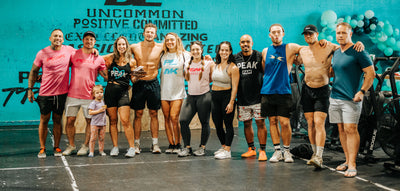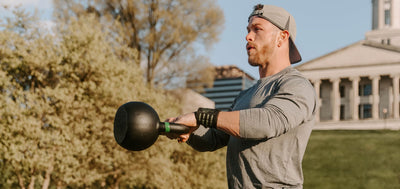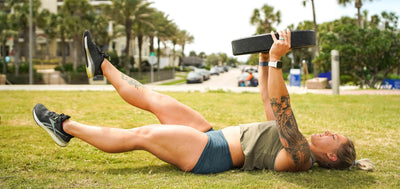Characteristics of a Hybrid Athlete
Versatility is the hybrid athlete's hallmark. They adapt quickly, excel in multiple disciplines, and maintain a never-ending thirst for self-improvement. This versatility often translates into impressive physical prowess across the board. They might deadlift twice their body weight and run a sub-20-minute 5k or a five-minute mile on race day.
Moreover, hybrid athletes usually have an exceptional understanding of their bodies and mental health. They know how to listen to their bodies to prevent overtraining and how to nourish themselves to sustain such varied forms of physical activity. Additionally, they often display remarkable mental strength, as training in various disciplines requires not only physical adaptability but mental agility as well.
Benefits of Being a Hybrid Athlete
One of the primary benefits of being a hybrid athlete is an improved aerobic base and cardiovascular health from the endurance aspect of their training, which is vital for heart health and longevity. Also, by engaging in strength training, hybrid athletes develop functional strength and muscle growth that proves valuable in daily life, making everyday tasks much easier.
Another important benefit is improved mental health through increased mental fortitude. Facing and overcoming challenges in multiple disciplines builds mental toughness and resilience that transcend the gym or the track. This kind of mental strength is applicable in all areas of life.
Finally, by diversifying training, hybrid athletes can significantly lower the risk of injury. Specializing in one activity can often lead to overuse injuries. By mixing it up, hybrid athletes ensure no single group of muscles is overworked.
Complementary Sports and Activities
The essence of being a hybrid athlete is combining disciplines in a way that they complement each other and help you achieve your fitness goals. For instance, combining swimming and weight training can result in exceptional upper body strength and cardiovascular endurance without excessive strain on joints. Swimming is a low-impact exercise that builds cardiovascular health and promotes muscle endurance, while weight training focuses on building muscle and bone strength.
Another great combination is cycling and strength training. Cycling is an excellent way to build lower body strength while being easy on the joints. When combined with a strength training regimen focused on the upper body, this can result in a balanced, full-body workout.
Pairing complementary sports can not only enhance performance but also makes training more enjoyable and mentally stimulating by providing variety. This ultimately helps keep motivation high and the body in peak physical condition.






















































